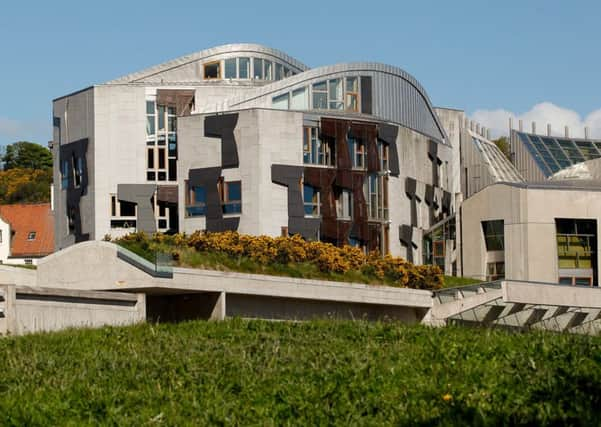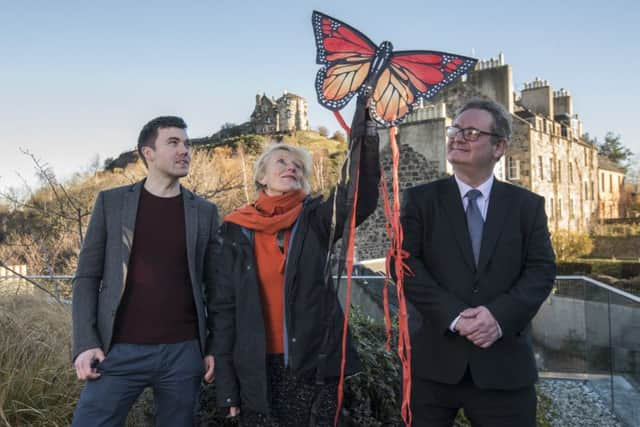Butterflies get new homes on the roof of Capital landmarks


The Edinburgh offices of Scotch whisky distiller Glenmorangie and the Scottish Parliament at Holyrood are the first in a network of locations where new roof garden habitats are being created in the hope of attracting the Northern Brown Argus and other pollinating insects.
Sites are to be established on buildings of all shapes and sizes, from the headquarters of Edinburgh city council to a shed at Seaview Respite Care Unit.
Advertisement
Hide AdAdvertisement
Hide AdThe butterfly depends on one particular plant, the common rock rose, for its survival.


The aim of the project – a collaboration between scientists at Royal Botanic Garden Edinburgh (RBGE) and the charity Butterfly Conservation Scotland – is to grow the rock rose on green roofs around the capital to encourage the species to spread from its existing stronghold in Holyrood Park to other parts of the city.
Its discovery in the late 1700s turned the Northern Brown Argus into a highly prized specimen for collectors but ultimately led to its demise.
Overzealous collecting and land use changes at Holyrood saw the butterfly wiped out in Edinburgh by 1869.
Advertisement
Hide AdAdvertisement
Hide Ad“We are creating the network of green roofs across Edinburgh to encourage the population of Northern Brown Argus to expand into new areas,” said Leonie Alexander, RBGE’s urban biodiversity project officer.


“We are also hoping to attract at least two other species – small copper butterflies and blue butterflies – by providing plants that caterpillars will feed on.
“The project will be closely monitored so we will know how successful it is and what species are attracted to the green roofs.’’
Anthony McCluskey, urban butterfly project officer with Butterfly Conservation Scotland, added: “We’re excited to be welcoming Edinburgh’s butterfly back to the city centre and hope that it inspires people to make more space for these beautiful creatures.”
Advertisement
Hide AdAdvertisement
Hide AdHamish Torrie, corporate social responsibility director for Glenmorangie, said: “Glenmorangie has a long-standing commitment to the natural environment across all of our sites and we are delighted to support this initiative.”